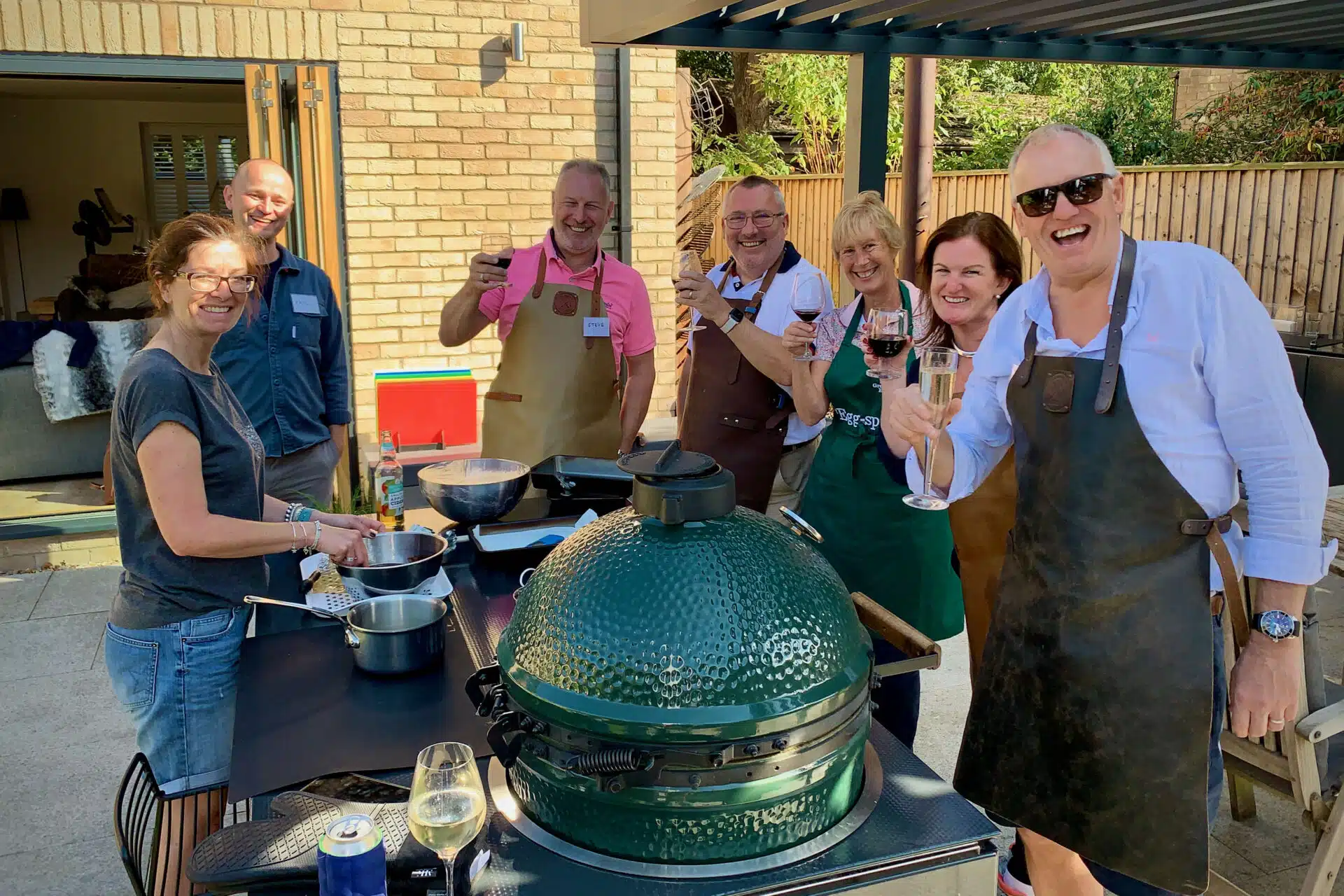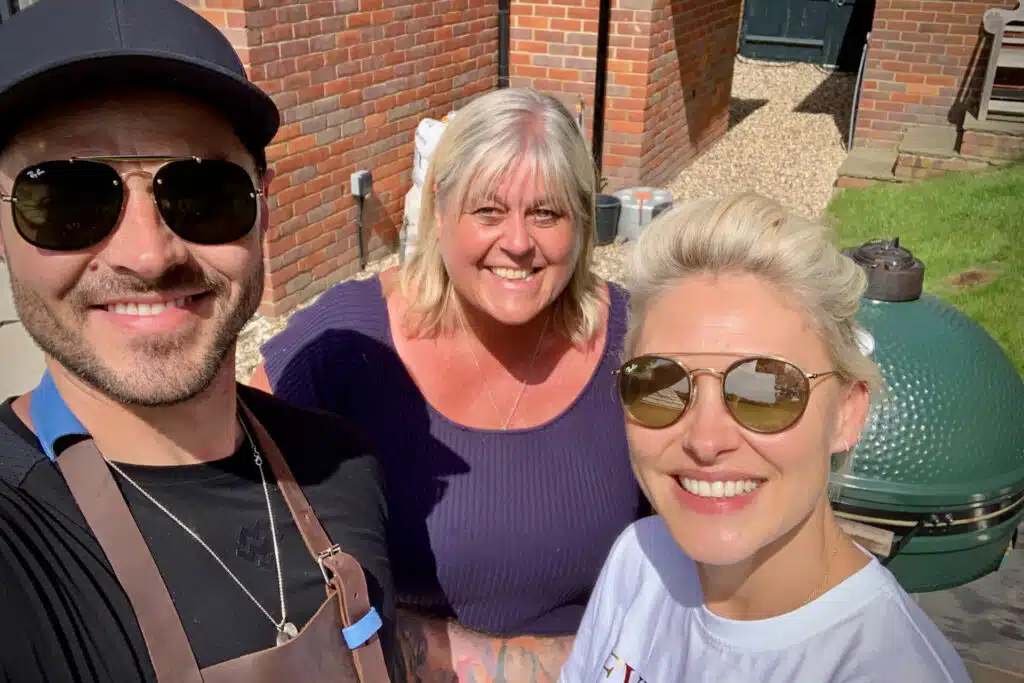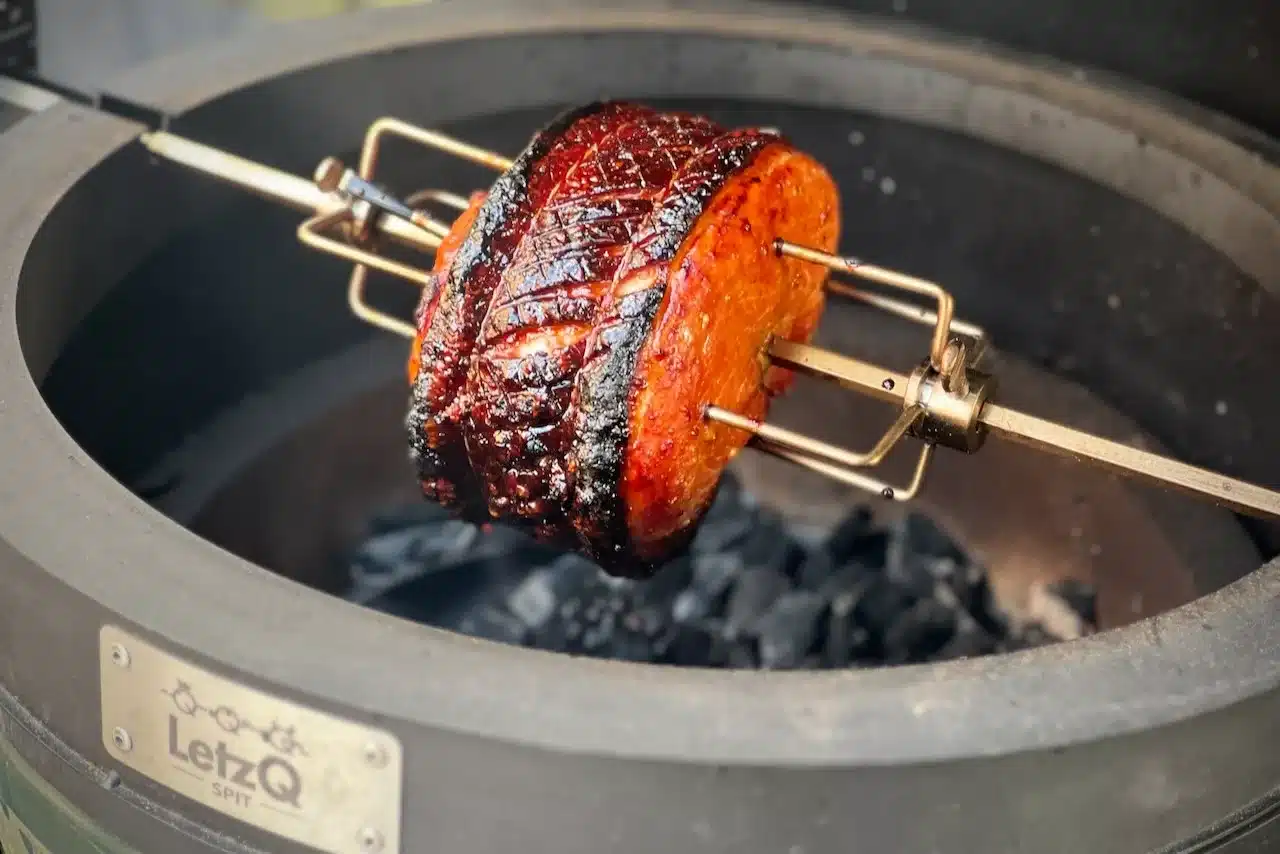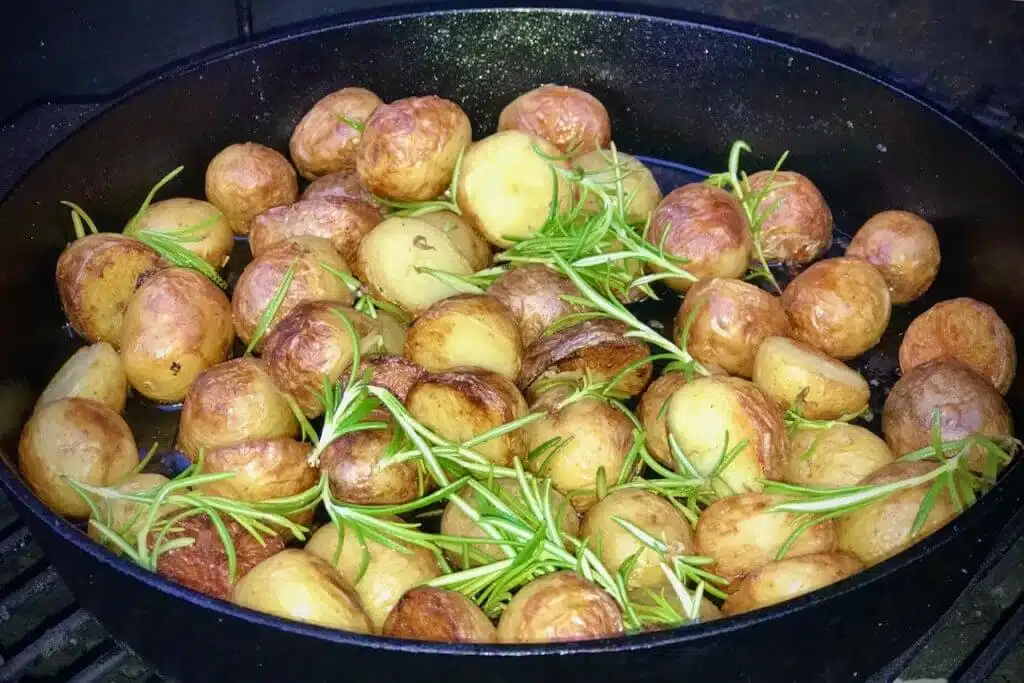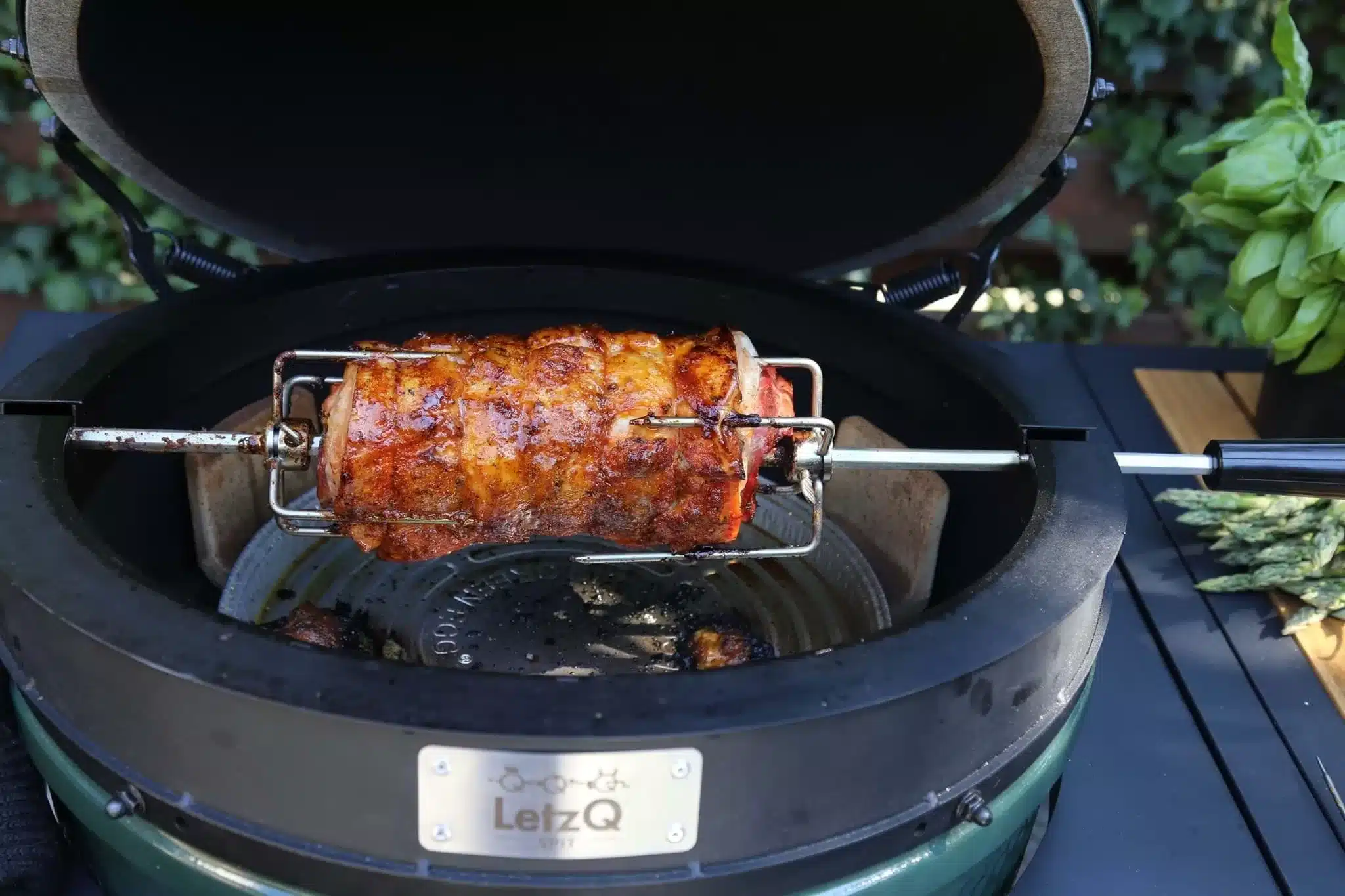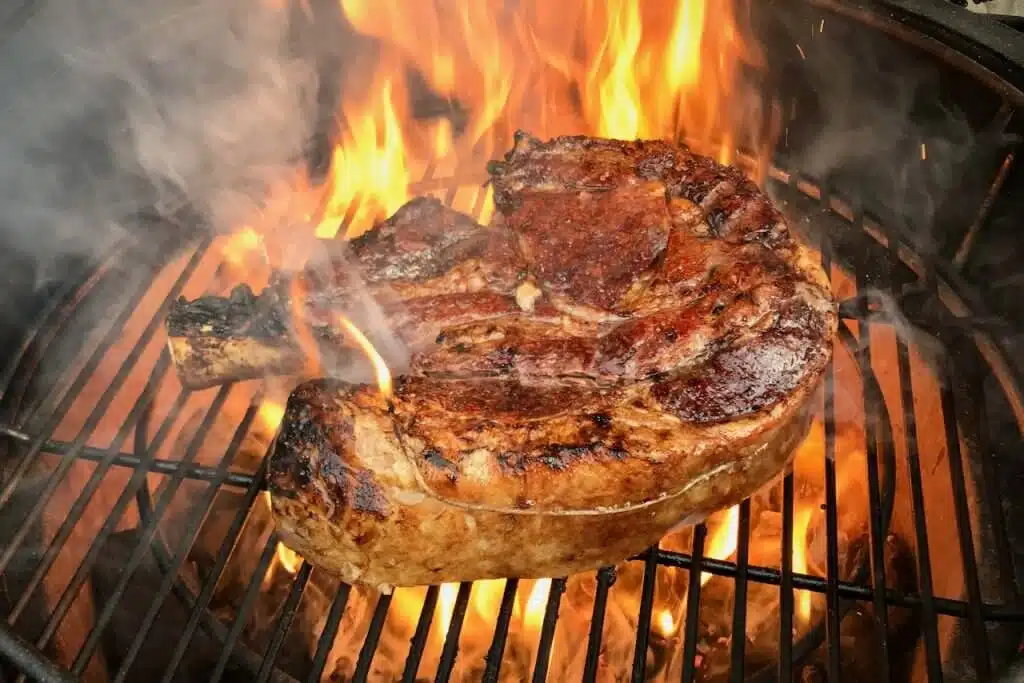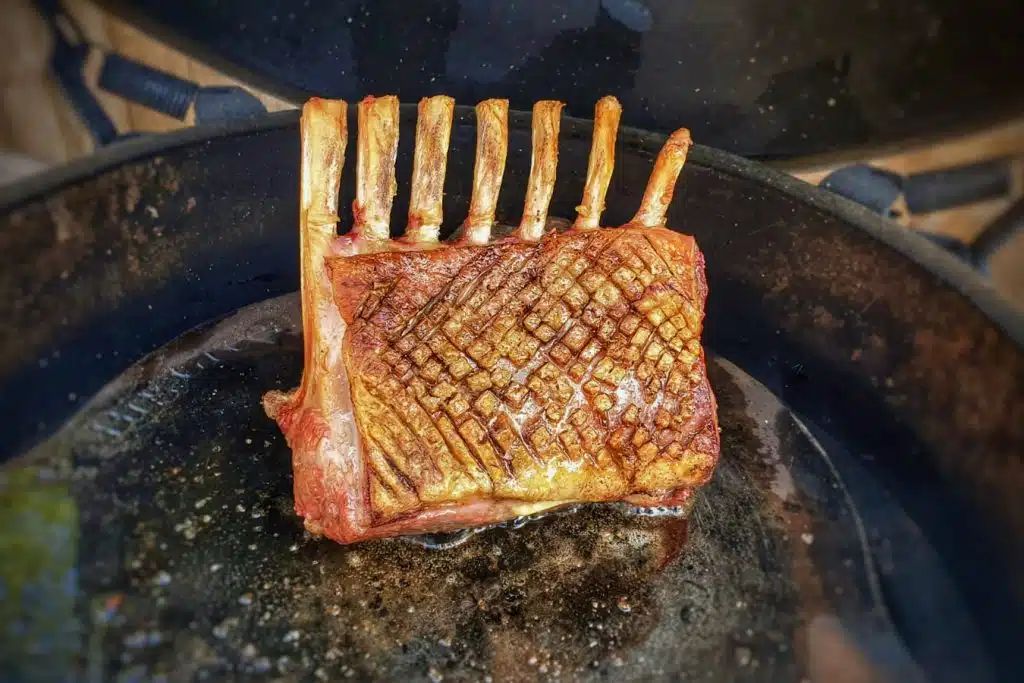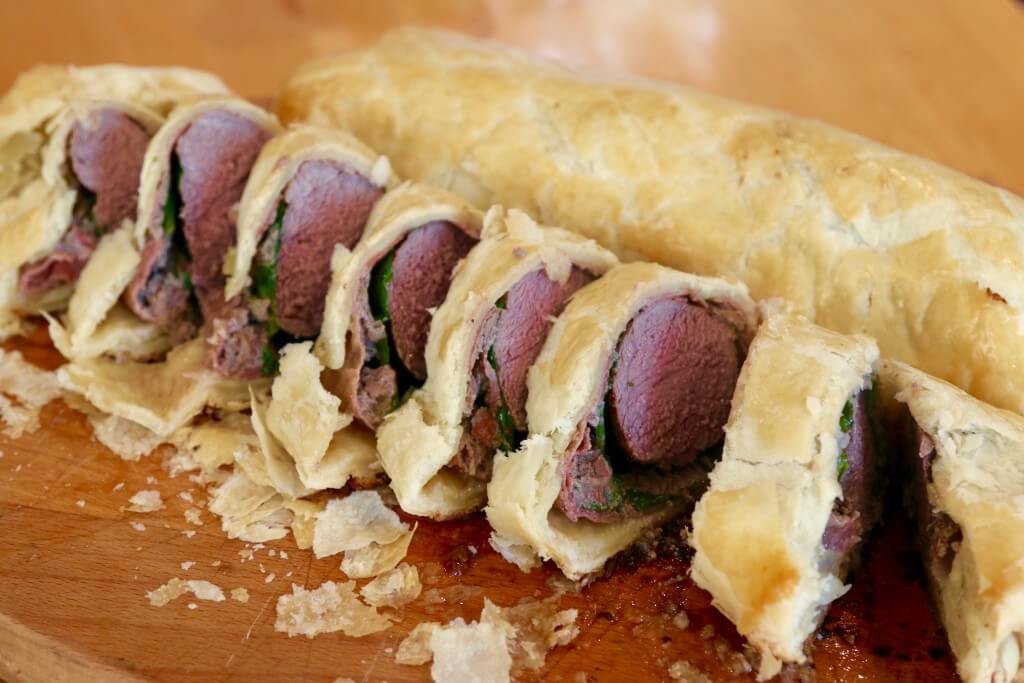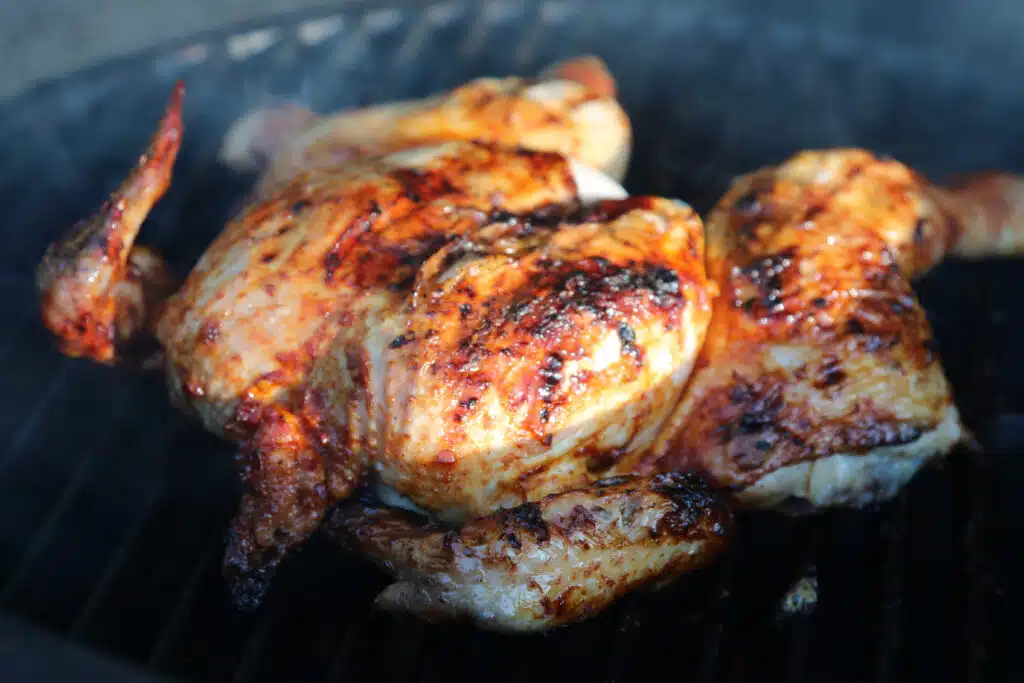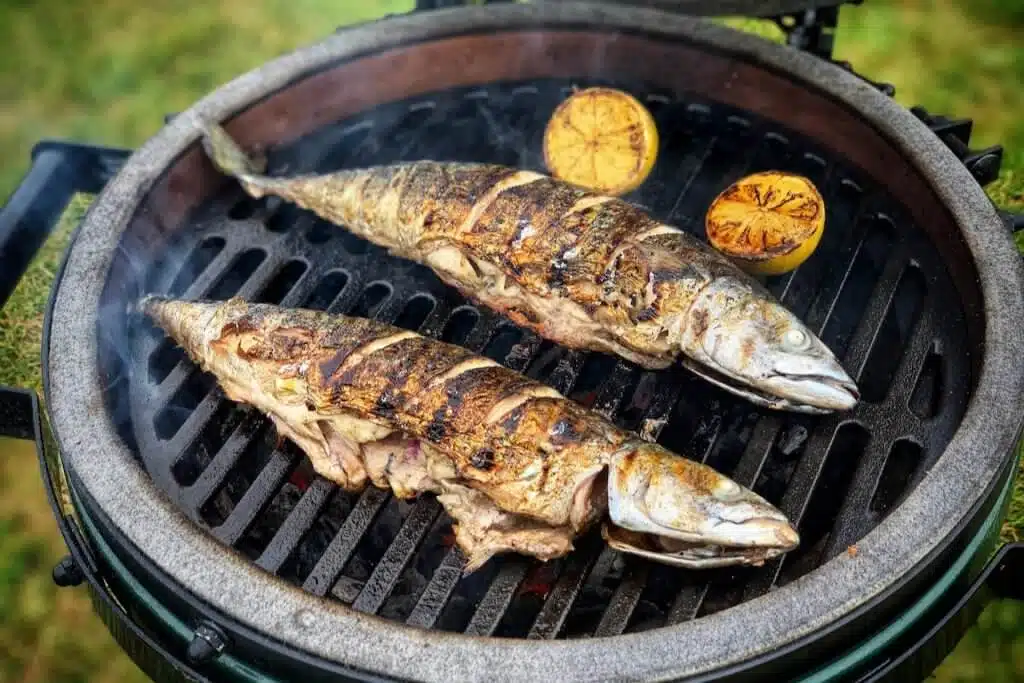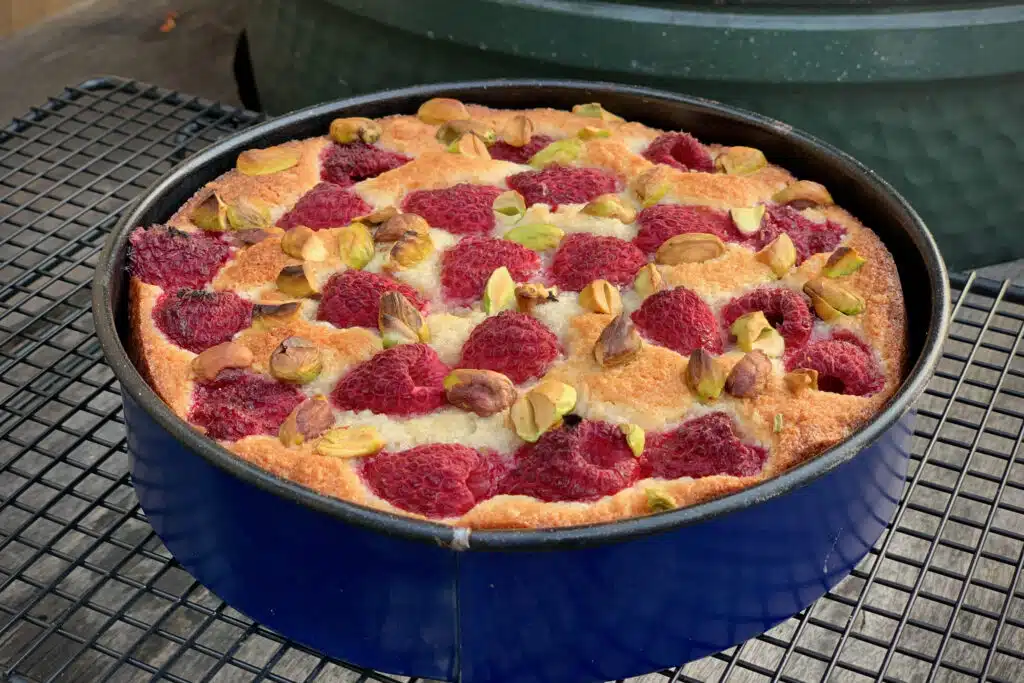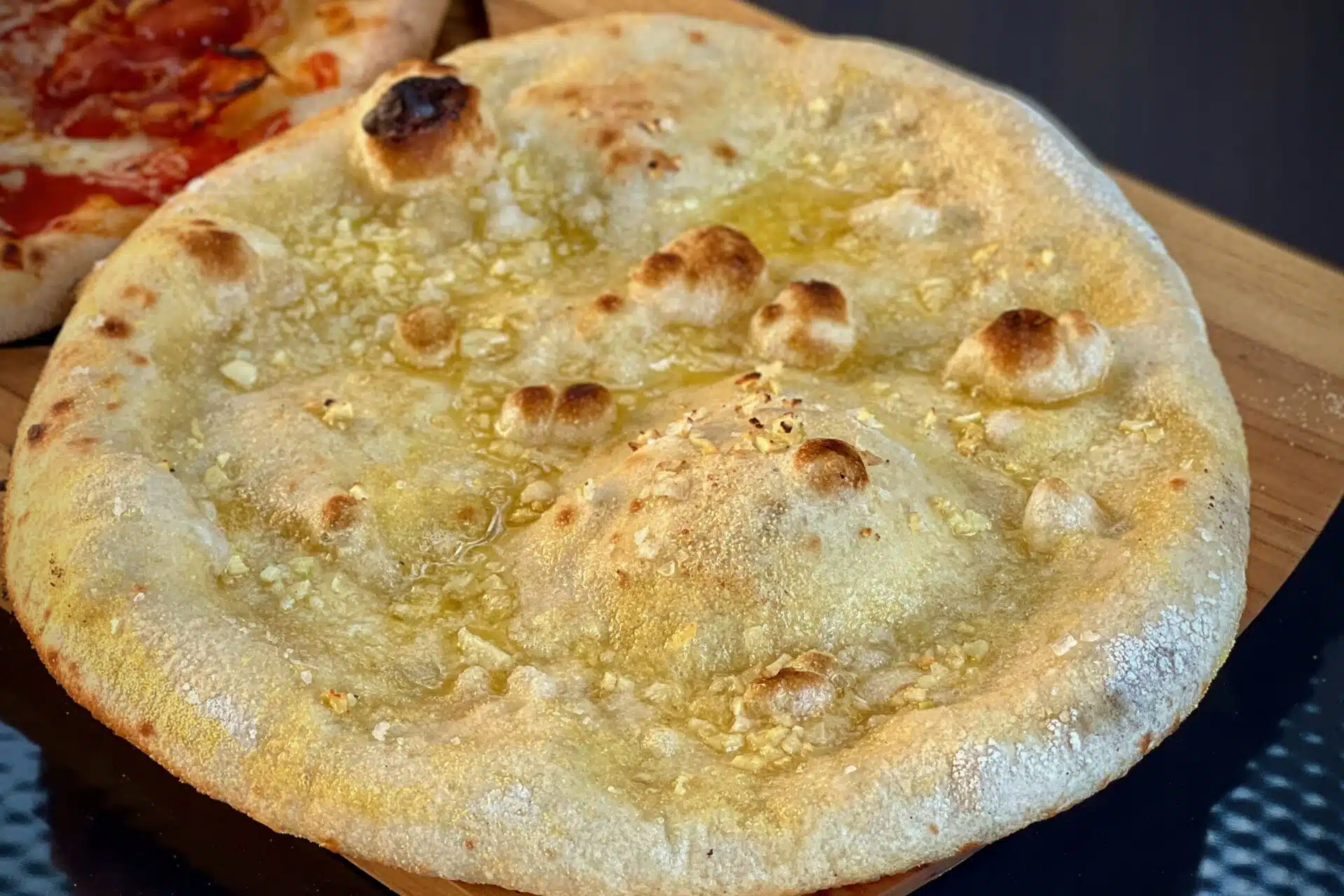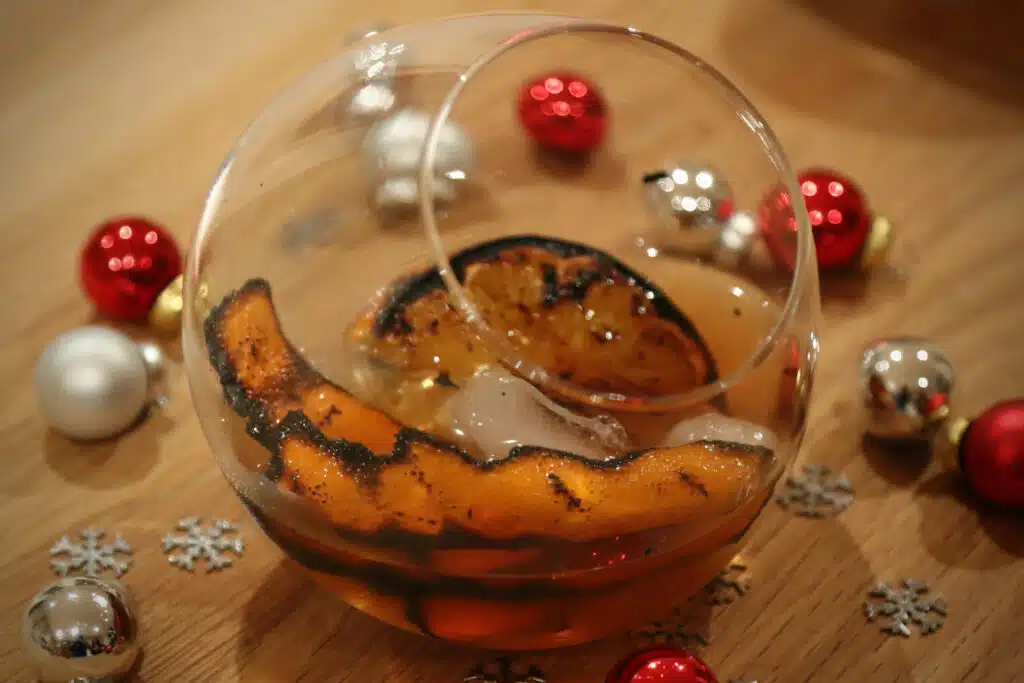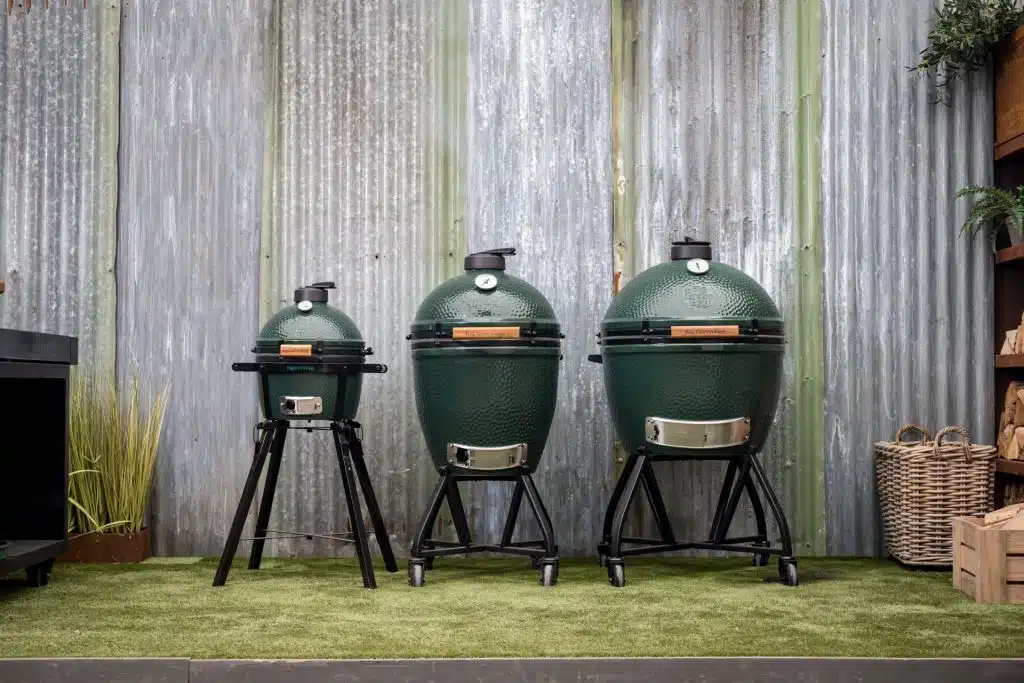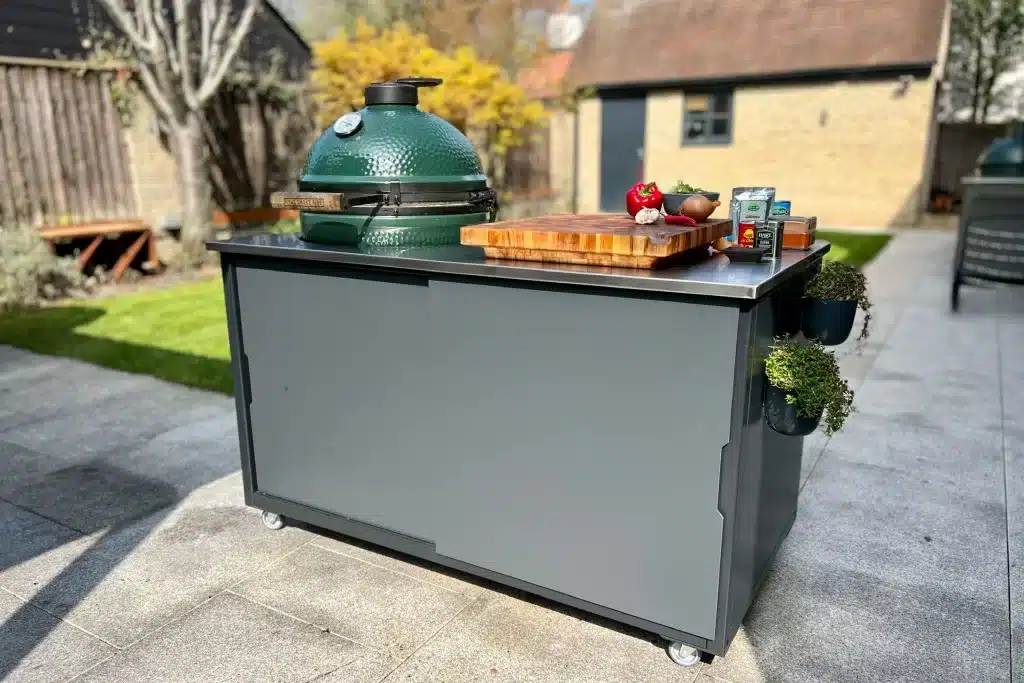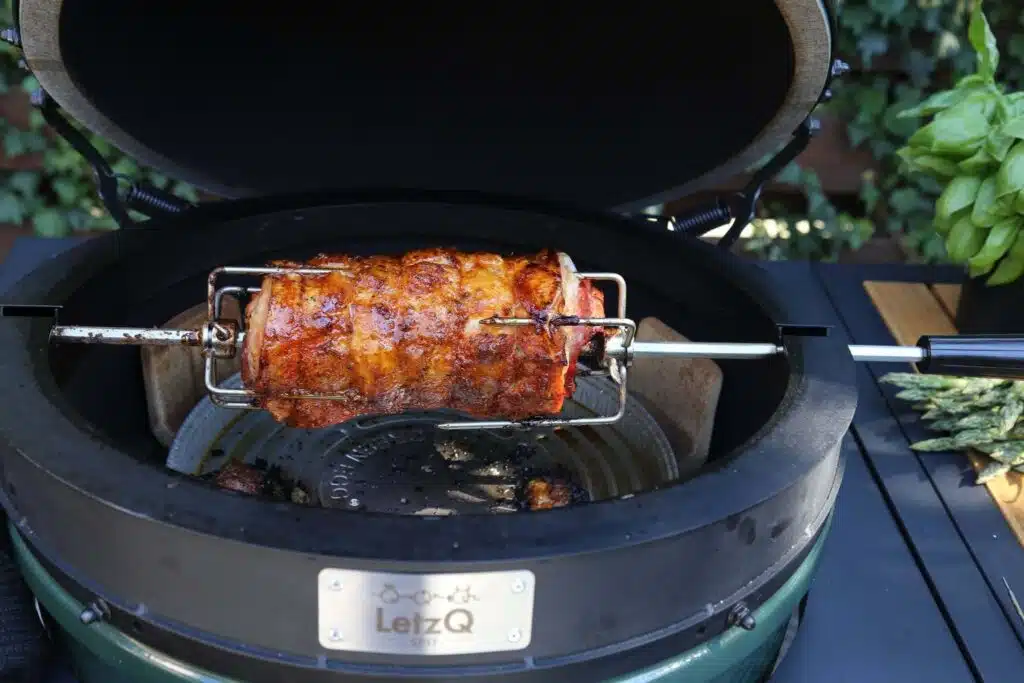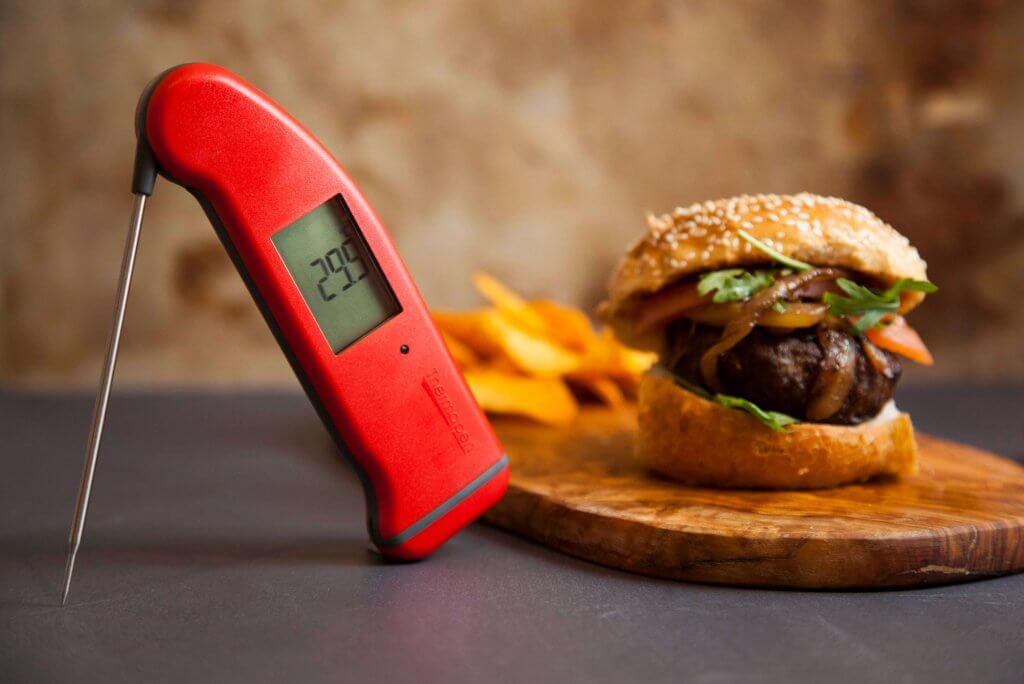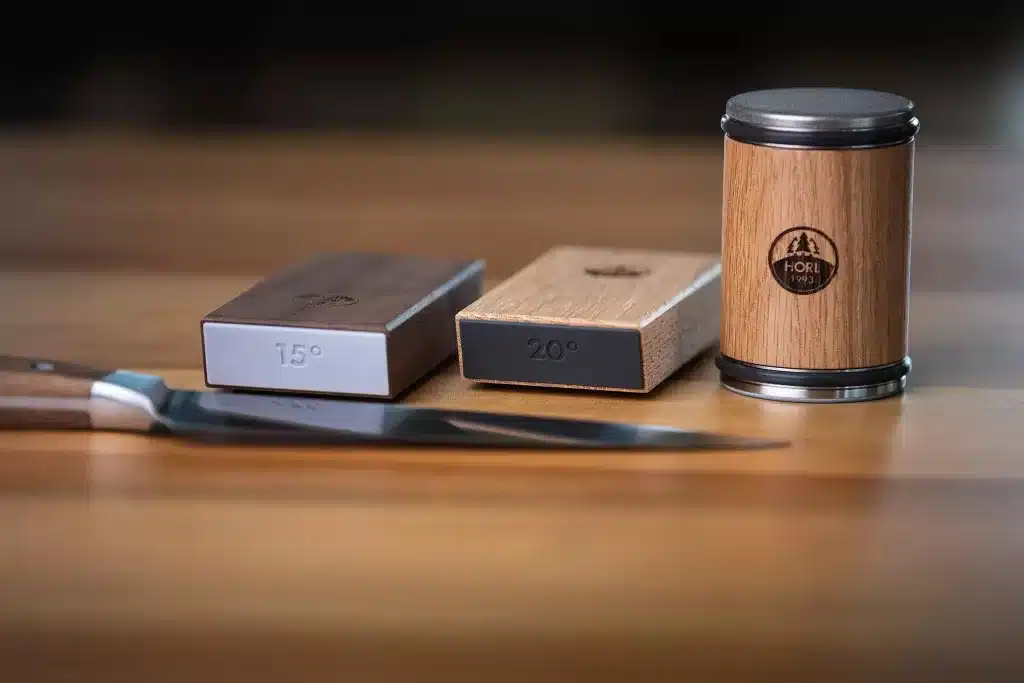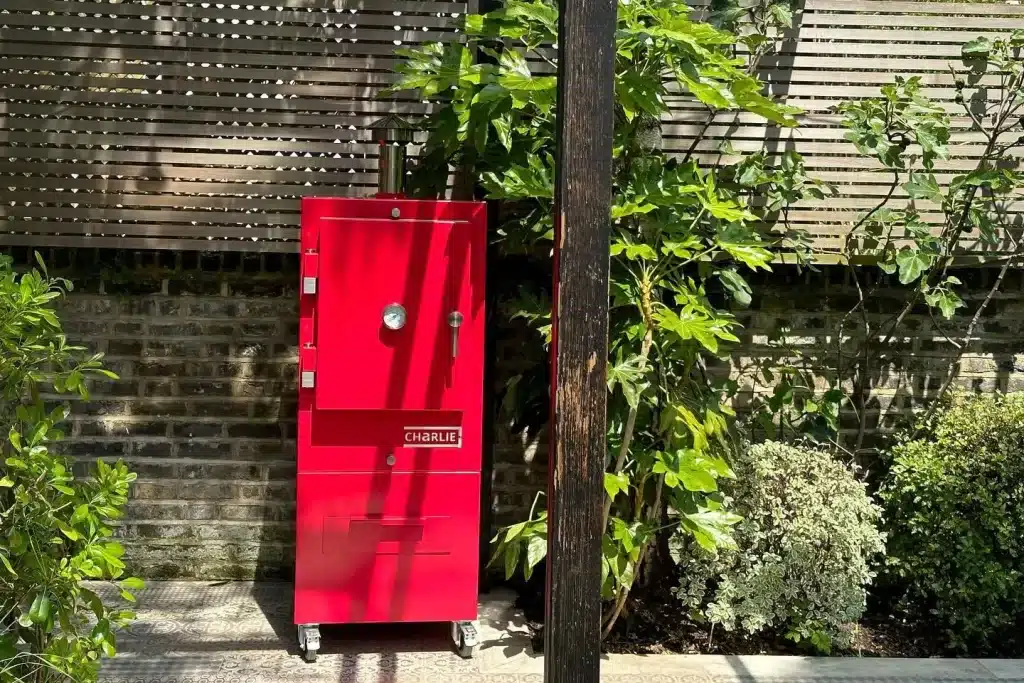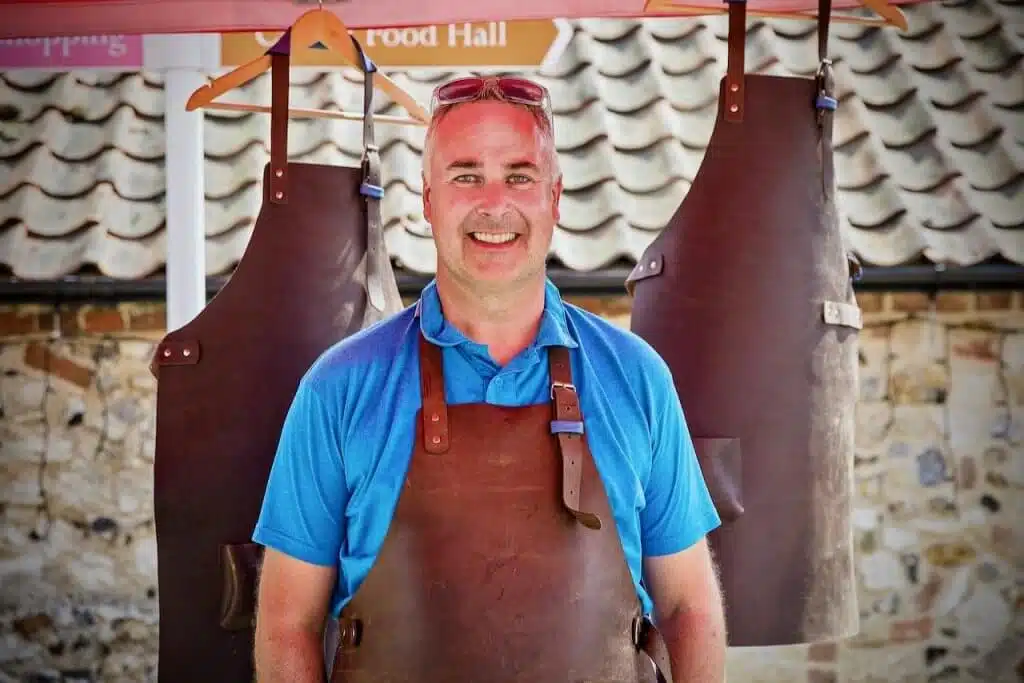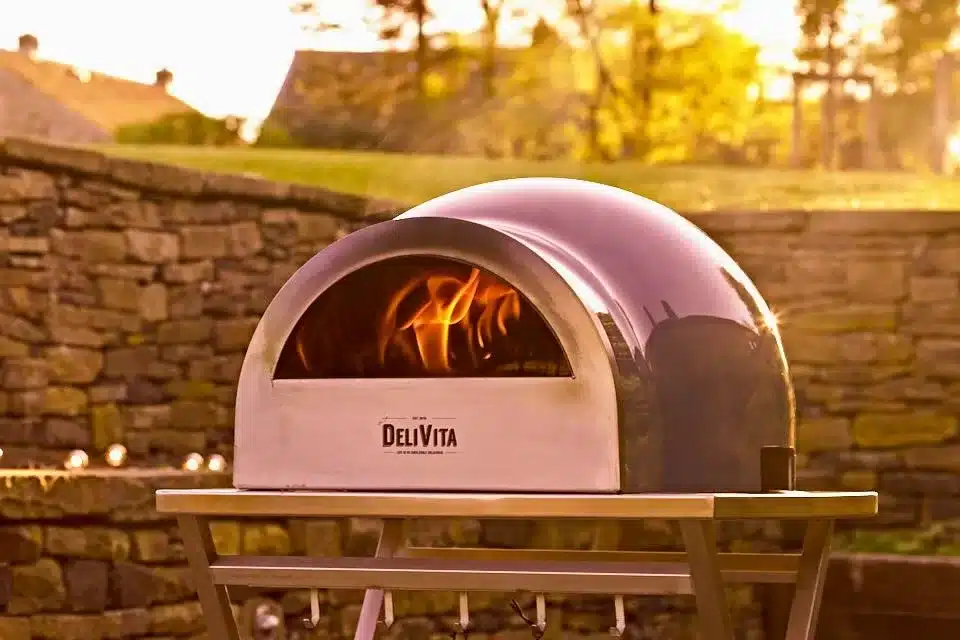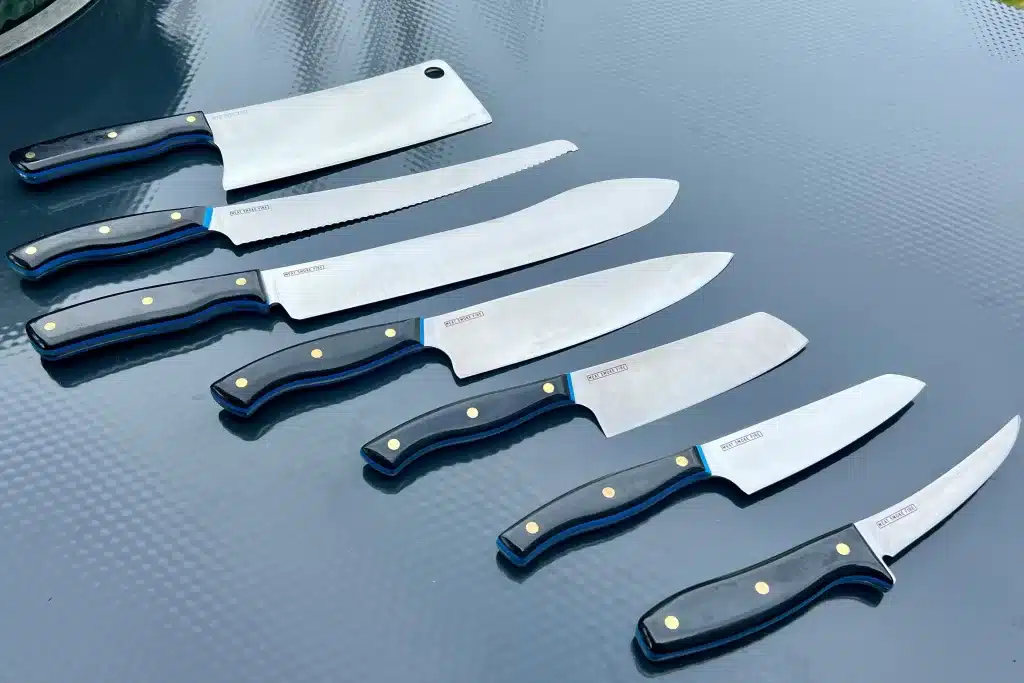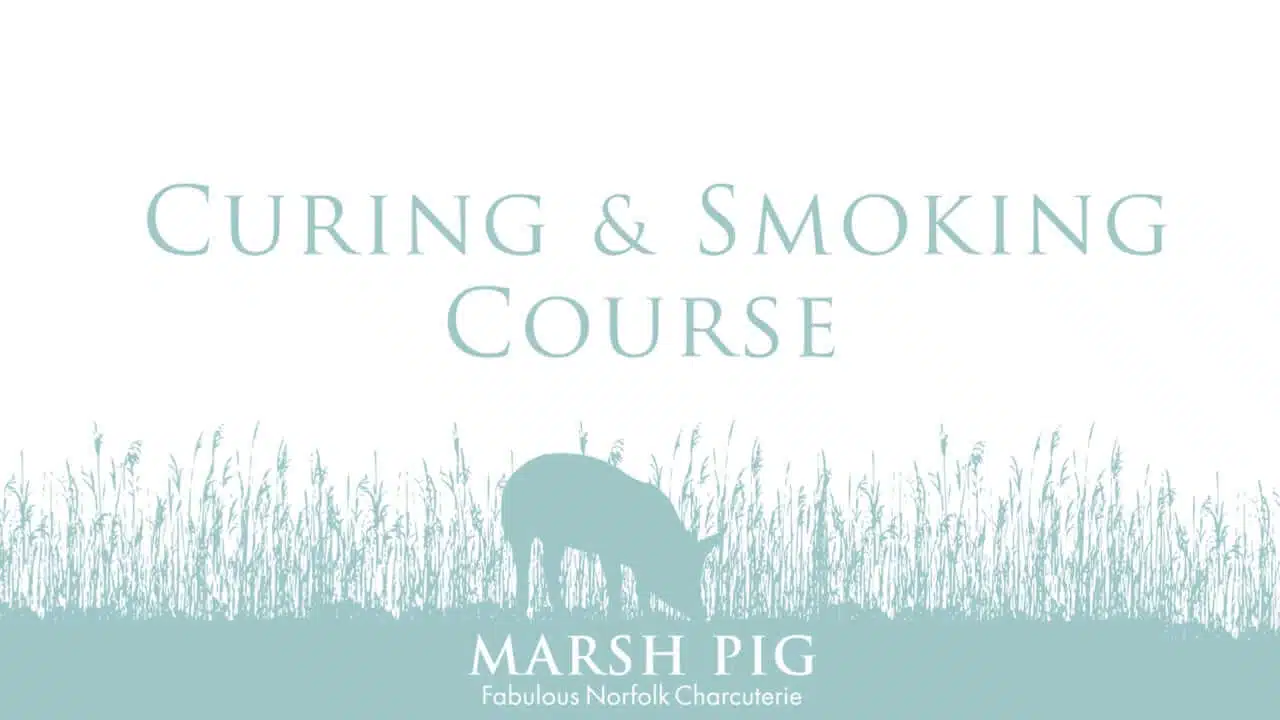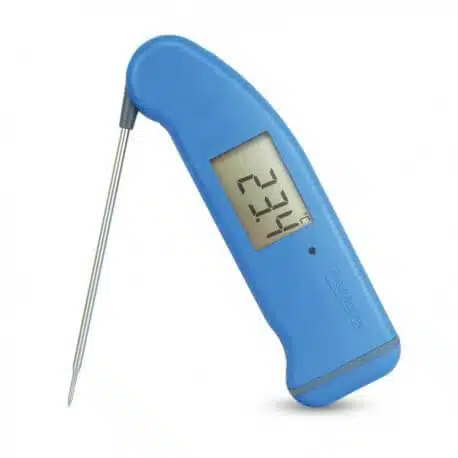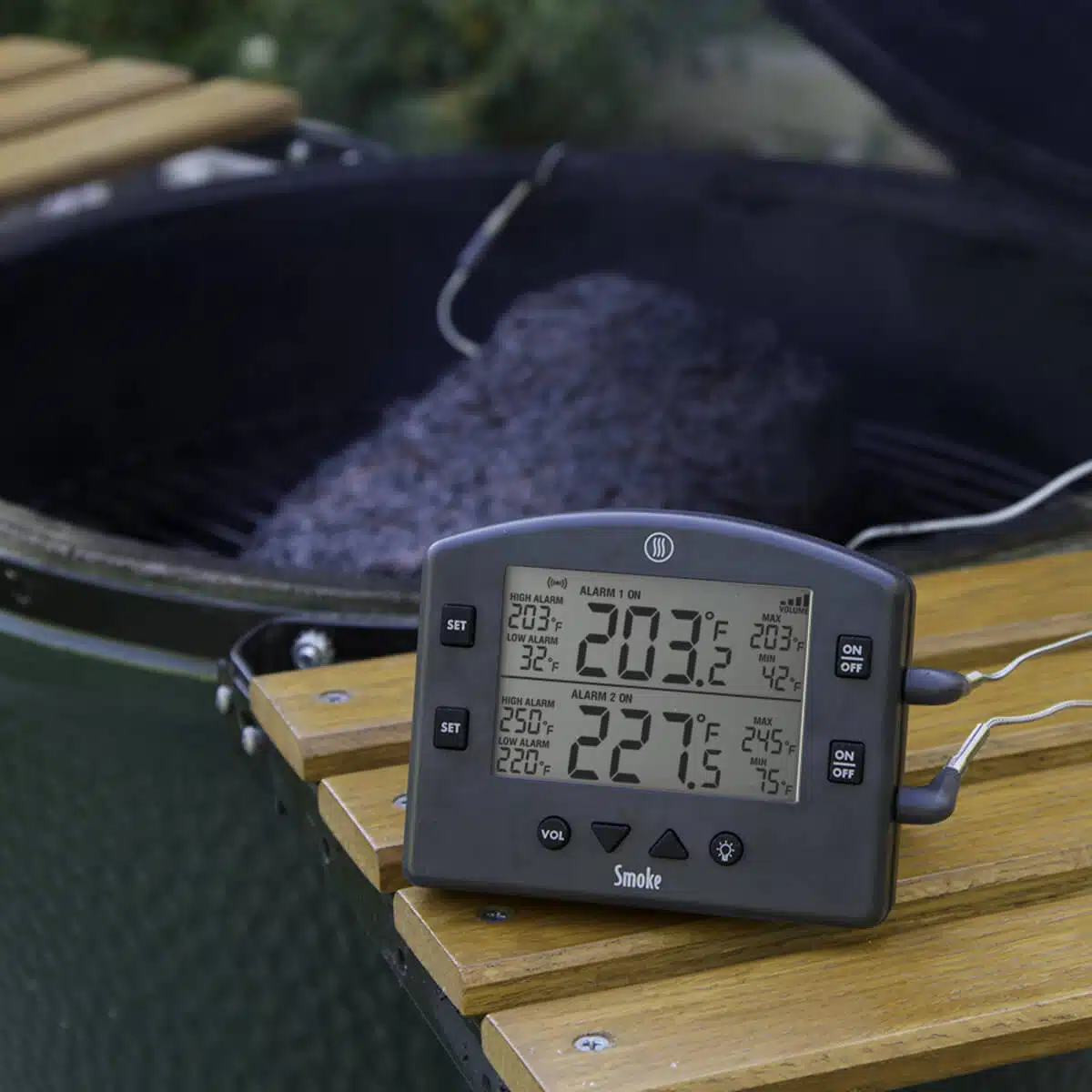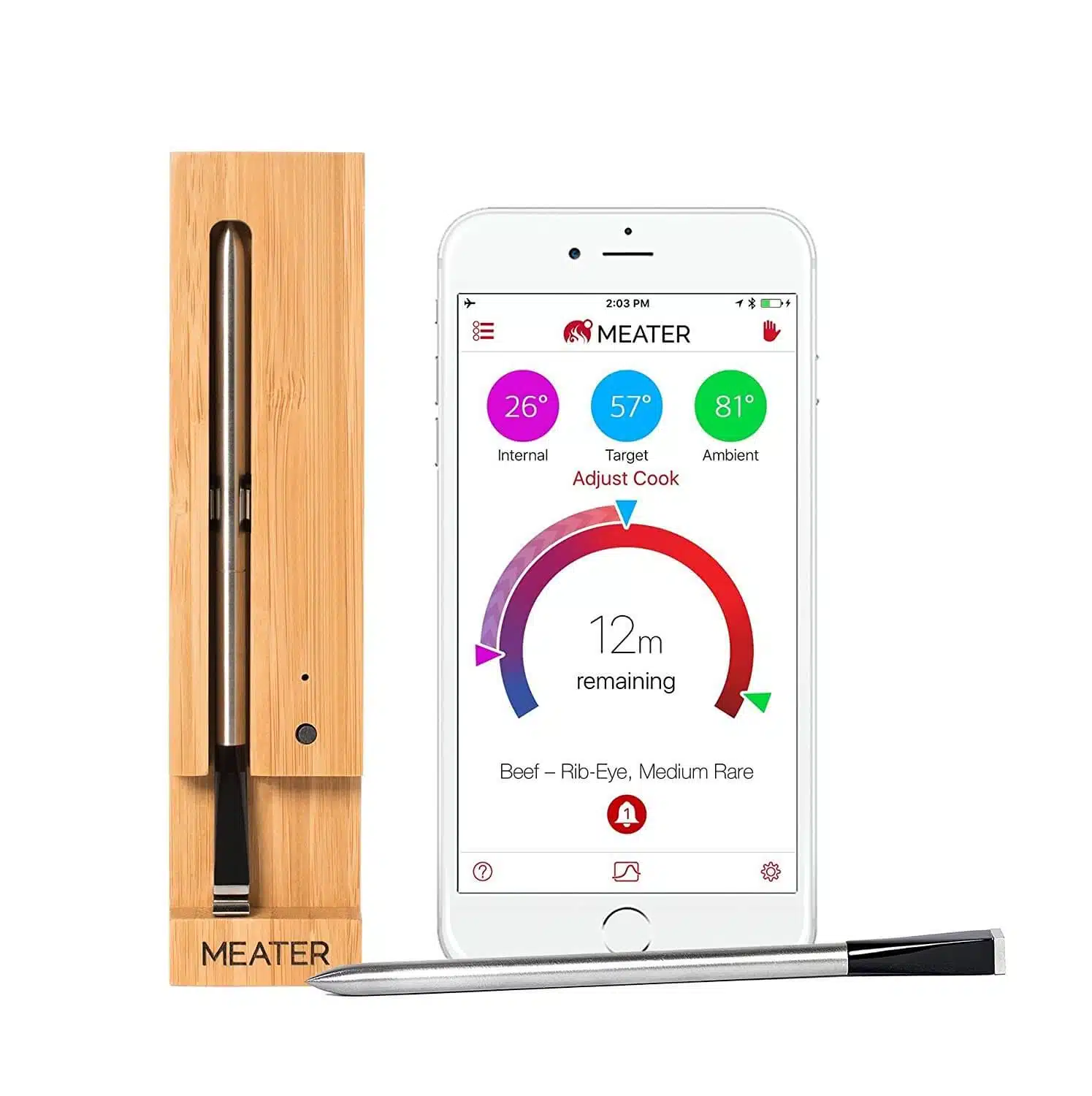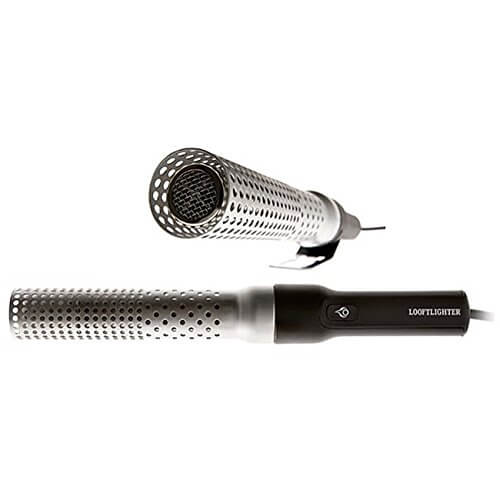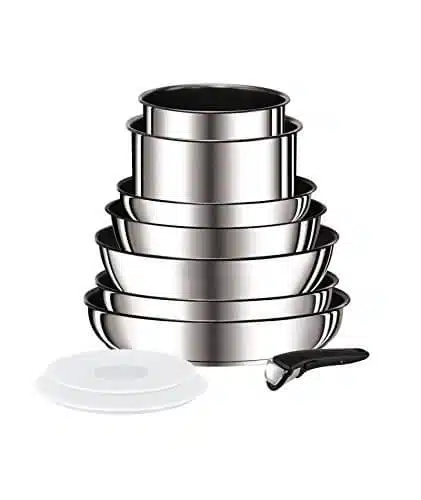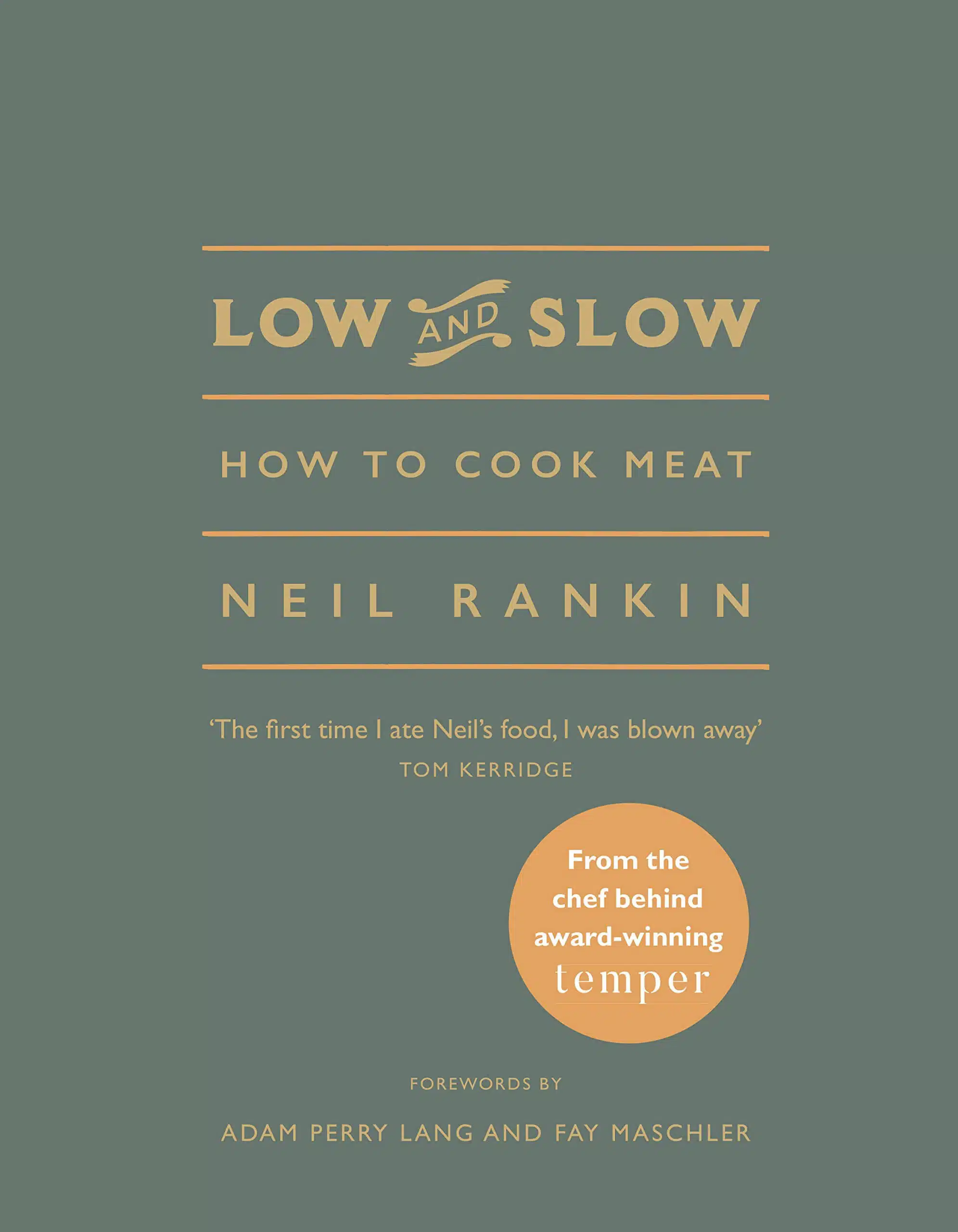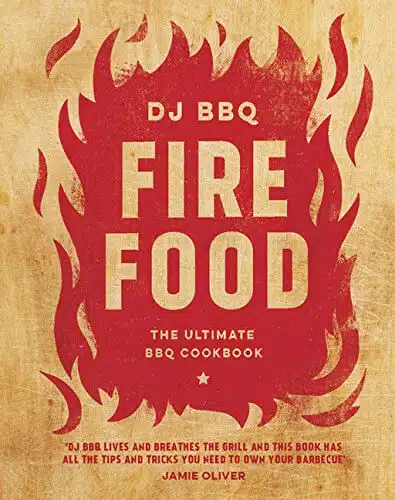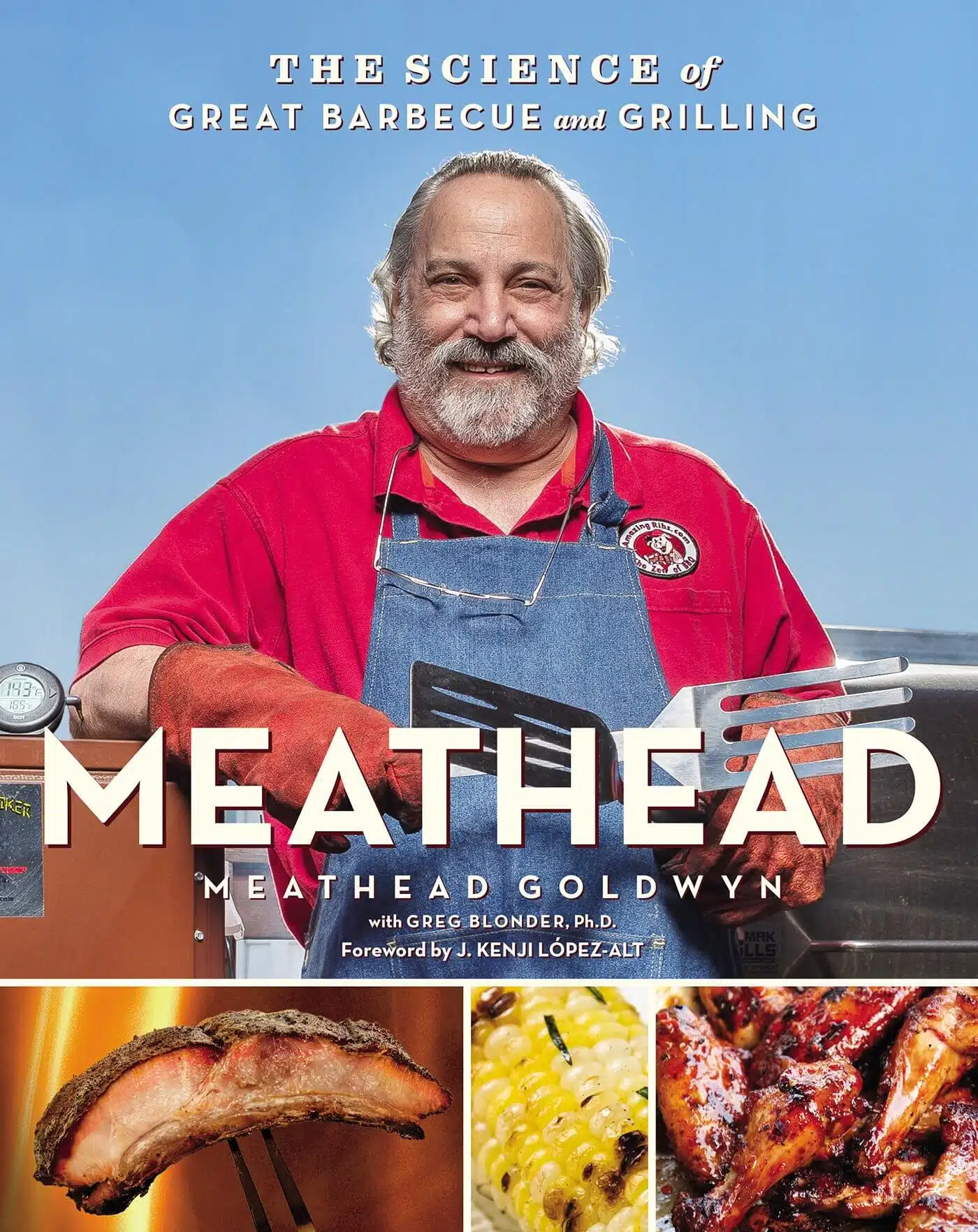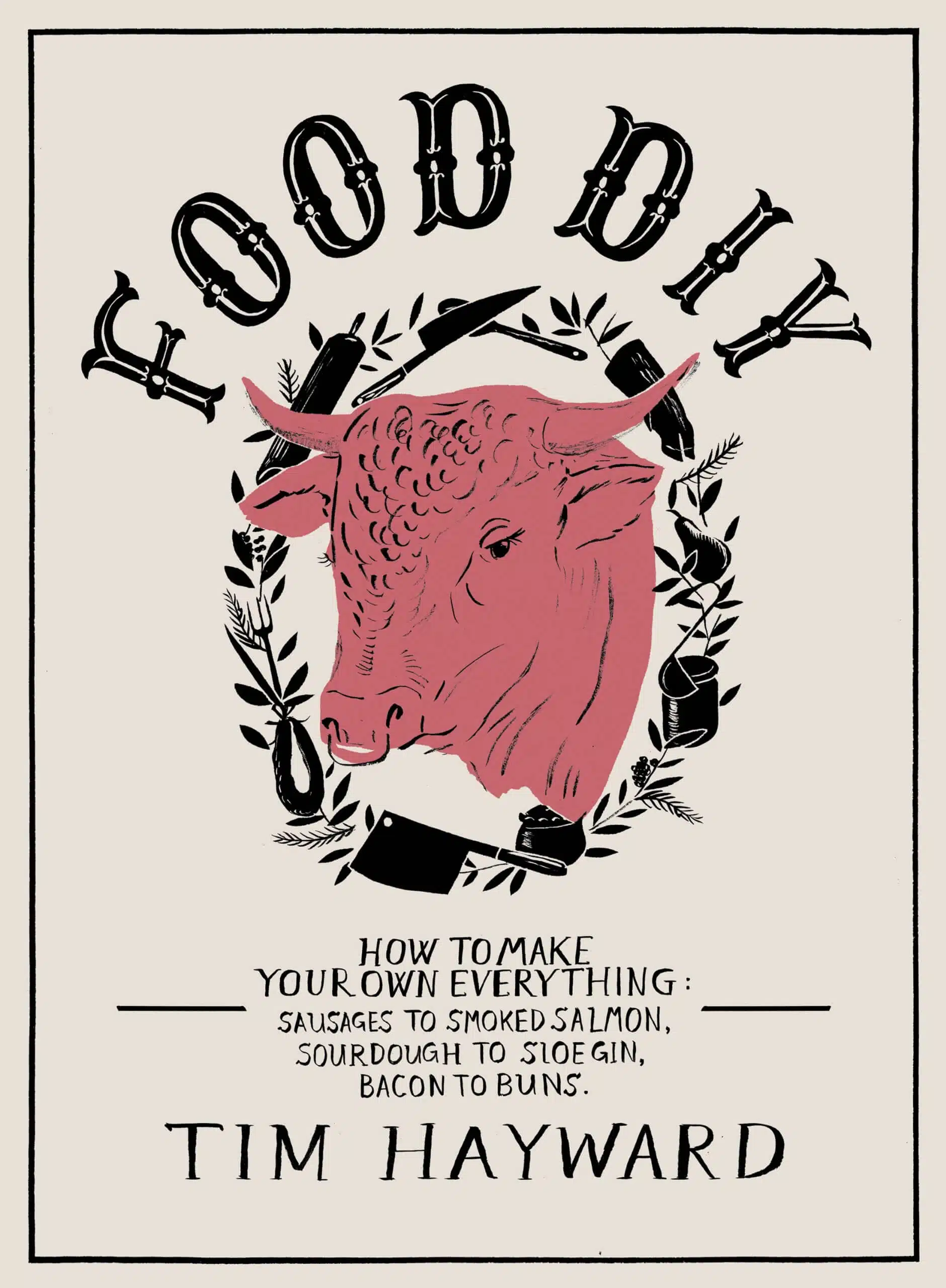


Recipes

Spatchcock Chicken
The recipe is here.
This is one of the easier way of cooking a whole chicken. You can either buy the chicken already spatchcocked or use a pair of kitchen scissors to cut down either side of the backbone to remove it, then open the chicken out and push down on the breasts to flatten it. Some people will remove the wishbone but this isn’t necessary.
We setup the Egg with the cast iron griddle and the Egg set to 180°C. We then cooked the chicken for about 20 minutes, meat side down before flipping it over and cooking it until the internal temperature of the meat at the thickest point was 74°C or higher.
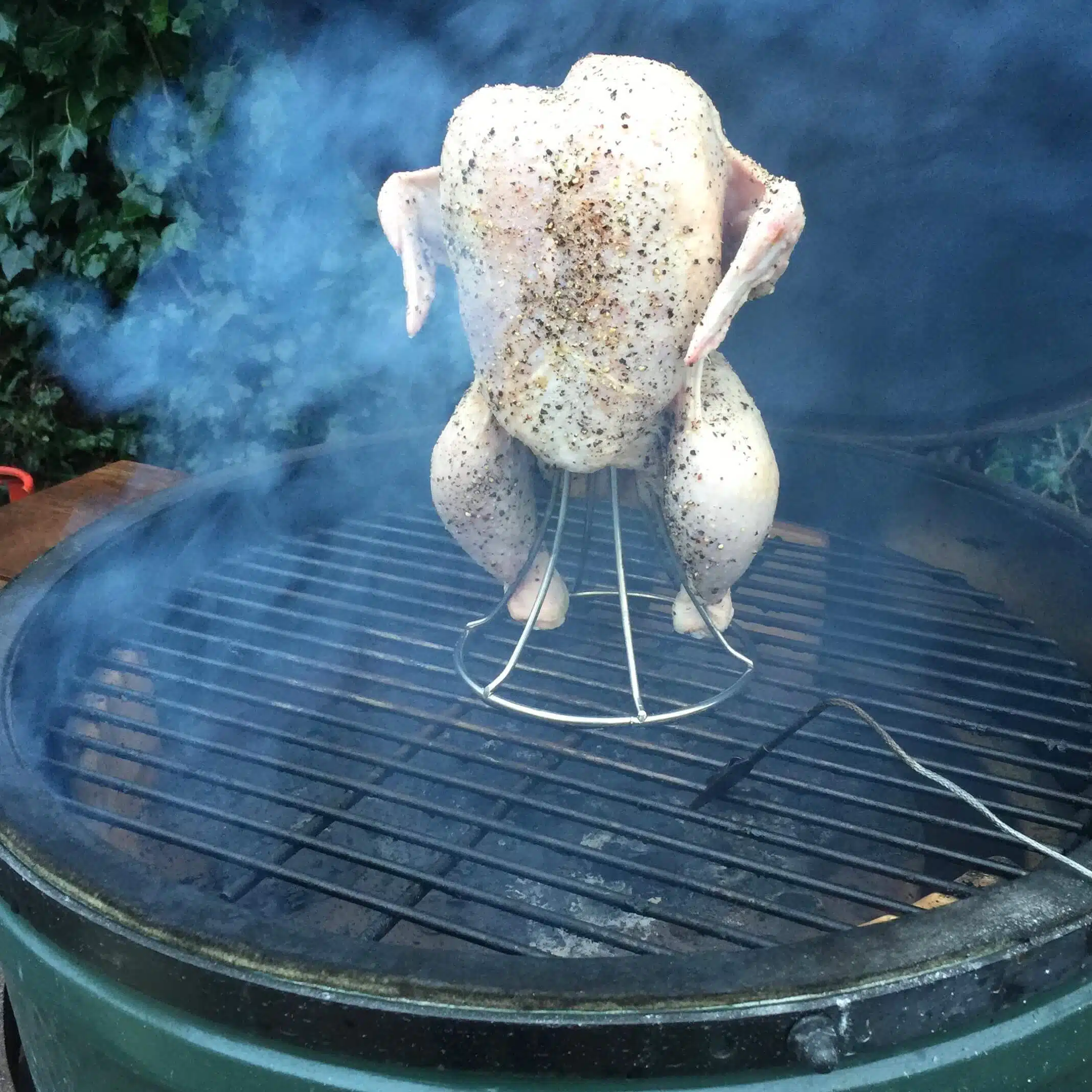
Vertical Roast Chicken
The difference between this way of cooking the chicken and the spatchcock is not only the fact that the chicken is whole and mounted vertically, it’s also that this techniques requires the Egg to be setup for an indirect cook. Cooking the chicken vertically retains moisture, you’ll often find it pools in the skin of the breasts.
Setup your Egg with the plate setter and stainless grid on top and the temp set to 180°C. Use a vertical chicken roaster to mount your chicken. If you want to retain cooking juices for a gravy then also use a drip pan.
Cook the chicken until the breast is at 74°C in the thickest part. Remove your chicken and rest it for 15-20 minutes.

Dirty Steak vs. Seared Steak
The recipe is here for the dirty steak.
Cooking the steak dirty adds a really meaty flavour to the steak. It’s also a little controversial when you have friends over. Very little ash sticks to the steak. I think it’s a great technique.
We cooked a normal steak on the cast iron griddle at 250°C and then put a second one on the coals. Both were cooked medium rare by touch. Remember to rest them after they have been cooked, I wrap them individually in foil to do this so as they don’t cook each other.
You can cook veg this way too. Daniel Clifford at Midsummer House in Cambridge cooks celeriac and beetroot directly on the coal, it’s divine. DJ BBQ does an amazing dirtly carrot recipe in his book Fire Food.

Roast Cauliflower with Truffle Oil and Black Sesame Dressing
The technique here was to cook on the back side of the plate setter. All I did was wipe down the back of the plate setter with a dry paper towel or foil.
We set up the Egg to cook at 180-200°C with the plate setter feet down.
I cut the cauliflower into about 7mm thick slices all the way through the cauliflower. I removed most of the really thick bit of stalk before cooking. I then added a touch of oil and some maldon salt to the slices (on both sides) and placed them directly onto the plate setter. We then cooked them for about 5 minutes on each side until they start to turn golden brown.
To this we added the dressing. A great addition is to sprinkle toasted black sesame seeds to give a little crunch.

Lamb Rack, French Trimmed
This would be a great recipe to do with the cauliflower as it also can be cooked on the back of the plate setter (or a ceramic plancha).
Again we setup the Egg in an indirect configuration with the plate setter feet down. We set the temperature of the Egg to 180-200°C.
I scored the fat of the lamb rack in a diagonal pattern with the scoring about 3/4 cm apart. I then added a tiny bit of oil and generously seasoned the lamb with maldon salt.
I then cooked this directly on the plate setter, fat side down for about 15-18 minutes. At the last minute, we turned the lamb to add a little bit of sear to the edges.
I used a Thermapen to probe the meat. For medium rare, we were looking for an internal temp of 58°C. The lamb will continue to cook while it’s resting so take it off about 3°C before (55°C for medium rare).
Always rest your meat wrapped in foil.

Focaccia
This Italian bread is really simple to make and an easy first go at baking on the Egg.
Make a batch of my basic bread recipe and let it rise. Knock it back and split into two portions. Push out each of these dough balls into the bottom of a 30cm x 20cm baking pan, lightly oil the top and cover with cling film. Put to one side to allow it to rise again.
When ready, poke it with your fingers to make the dimples. Drizzle generously with olive oil and sprinkle with salt and herbs (we used rosemary).
Setup your Egg for an indirect cook with the plate setter feet up, stainless steel grid on top and the baking/pizza stone on top of that. Get your Egg to 220°C and give the baking stone a while to heat up, probably 20 mins..
Cook your focaccia in the tin on the baking stone for about 15 minutes until it’s both golden brown on the top, but also crunchy on the bottom. Allow it to cool on a wire rack before serving.

Cedar Planked Salmon
The plank is designed to smoulder while the salmon roasts on top of it, taking on the wood flavour as it cooks.
Soak the planks in water for at least 1 hour before you use them. You can also soak them in other liquids such as:
- Beer, lager or cider.
- A dilution of citrus juice.
Get your Egg to 180°C in a direct setup with just the stainless or cast iron grids. Dry the side of the plank you will put the fish on, for about a minute, by placing it cooking side down on the Egg.
Take your salmon fillets and place them skin side down onto the plank. Use the grill gripper to move the plank onto the Egg. I put a slice of lemon onto the salmon to show the smoke, not to add flavour. It looks pretty though.
Cook until the salmon has firmed up enough to show it is cooked (about 8-10 mins). Take off the plank with the grill grippers and put onto something heat proof.
Technique
What temperature should I cook at?

Cooking temp guide from AmazingRibs.com
Which charcoal should I use?
The Green Olive Firewood Company do charcoal that has a much milder smokey flavour, It’s made from SheOak. You need their restaurant grade lump wood charcoal.
Stag Charcoal also produce some great stuff in Hertfordshire. Look for their single species Ash or Birch for a less smokey cook.
When you really get into BBQ then look at some of the excellent charcoal from the Oxford Charcoal company. They have a very good reputation for their single species charcoals. They have a great chart on matching wood to meats and fish.
Which wood flavours work with which meat?
- Hickory – good allrounder and not too bitter.
- Jack Daniels Chips – quite strong so good with red meats.
- Maple – mild to medium with slight sweetness so good with poultry and cheese.
- Mesquite – strong and spicy, great with spiced meat or poultry and oily fish.
- Oak – heavy smoke flavour but great with most red meats.
- Olive – light but very aromatic and so good with red meats, poultry and veg.
- Orange – citrus and tangy, good with fish and poultry.
- Pecan – sweet nutty smoke, good with desserts, game, meats and fish.
CURED MEATS AND THE PRO Q COLD SMOKE GENERATOR
This will allow you to smoke meats for up to 10 hours per fill. You can use different wood dusts and I find the ones from HotSmoked.co.uk to be the best. You can even try discount code MP10 to get 10% off.
To cure salmon I use a 50/50 mix of sugar and salt for between 4 and 6 hours on the salmon. The recipe is here.
To get into curing meats there are a number of books. I started after reading Tim Haywards book, Food DIY.
The Stall or Plateau explained
The best resource on this is at AmazingRibs.com. Give it and the other articles a read. It’s a superb site.
What settings are needed for specific temperatures?
Rest your meat
There is a great article discussing whether this is a myth but I still like to rest my meat: http://amazingribs.com/tips_and_technique/mythbusting_resting_meat.html
What else can I cook dirty (on the coals)?
- Carrots – in DJ BBQ’s book Fire he does dirty carrots. They’re cooked until they start to bend and then chopped into 1 inch pieces and glazed in a pan with balsamic vinegar, cumin seeds and maple syrup, they’re amazing.
- Celariac – Daniel Clifford from Midsummer House in Cambridge steams whole celariacs before putting them onto the coals to finish cooking for an hour or so.
- Beetroot – another of Daniel Clifford’s recipes, he saves these with nitrogen frozen goats cheese, it’s stunning.
- Lamb – I’ve done part racks and also steaks, they’re amazing.
- Onions – put them on the coals in the skins and leave for about 45 mins until they’re soft. They taste delicious.
Reverse Sear
Using Planks Multiple Times
- Lemon and lime – lovely citrus flavours go well with fish
- Beer, cider or lager
Now instead of using the planks directly over the charcoal, use your ConvEGGtor (plate setter) feet up with the stainless steel grid and place the planks onto the stainless grid. You’ll still get the wood flavouring but it won’t burn your planks away.
Remember always place your planks on to a heat resistant surface when you take them off the Egg.
Using a cool box to rest meat
Once your meat is cooked, wrap it in several layers of aluminium foil and place it into your cool box. Then cover with bath towels and shut the lid. Make sure you use old towels as you’ll never get the smell of BBQ out of them!
Cleaning your Egg
Clean the ash from your Egg every five or so cooks. Use the ash tool to do this.
Every 12-15 cooks take the whole of the inside of your Egg out and brush down with the dustpan and brush. Some people hoover out their Eggs but if you do this make sure it is cold, I had a customer set her Henry on fire.
Lighting your Egg
There is a great set of videos called the Tips Series that Big Green Egg UK put together.
Rust on your Egg cast iron cap and searing grid
You’ll need to repeat this process a couple of times a year.
Great video resources on cleaning and using your Egg
Courses
Marsh Pig Charcuterie
I did this course and it was superb. However as I explained a lot of it was using pork. Jackie and Sarah may be able to run the course for you or a group of people where pork isn’t used. However their kitchen where the class if given has obviously had pork processed in it.
The course is their Curing and Smoking Course.
Equipment
Probe Thermometer
Every BBQ chef should have a Thermapen 4. It’s by far the best probe thermometer on the market. It’s super accurate, fast reading and waterproof and has a backlit screen for use when it’s not so bright outside.
You can buy it in my shop and I have set you up with a discount code to use at the checkout, CLASS10.
Wireless Thermometers
Thermoworks who make the Thermapen, have launched the Thermoworks Smoke in the UK. This is the best wireless thermometer in my opinion, it’s so easy to use and has super accurate probes. It’s not a replacment for a handheld probe thermometer like the Thermapen you already have but it does allow you to monitor cooks from the comfort of an armchair.
This was the device I used for the reverse seared picanha.
Bluetooth Thermometers
The Meater is a lovely piece of kit. It’s not quite as accurate as the other two thermometers but it does give a great guide and then you can use your Thermapen to check the cook, something I would always do anyway even when using the Thermoworks Smoke.
We saw that there was some temperature variance across the Picanha we cooked, so it’s always worth probing with a Thermapen to check.
You can buy this from Amazon.
The Looftlighter
The Looftlighter is my preferred method of lighting my Eggs at home. It’s a really souped up heat gun that uses electricity to blow hot air onto the charcoal and light it. It will start your Egg in about 60 seconds.
You can buy it from Amazon.
Pans with handles that clip on and off
They’re a product from Tefal that I picked up several years ago in France before I got into the Big Green Egg as they were perfect for the camper van. They’re called Tefal Ingenio and are available in the UK now from Amazon.
The handle clips on and off easily so you pop the pan in the Egg and take the handle off. I use mine all the time. They’re great for cooking tarte tatin.
Just be careful with non stick ones that you don’t get them too hot as the non-stick will start to break down.
Recommended Cook Books
Low and Slow
We talked about Neil’s book and his restaurant Temper when you asked about taking meat from the fridge to bring to to room temperature. Neil will often do things very differently.
Fire Food
Written by DJ BBQ (Christian Stevenson). DJ BBQ does a lot of cooking with Jamie Oliver. There are some fabulous and easy recipes in here.
There is a whole section on dirty cooking (cooking directly on the charcoal). I have done the dirty carrots and can highly recommend them. The book was only published recently.
Meathead
This is by Meathead Goldwyn, the man behind the AmazingRibs.com website. It’s got some really good stuff on technique as a well as some good recipes. It’s available on Amazon from this link.
Food DIY
Tim Hayward is a Cambridge based food writer, restauranteur and chef. He’s judged on the BBQ scene. His book contain loads of great curing recipes as well as BBQ stuff. I really love it and use the recipes all the time. It’s available on Amazon from this link.
